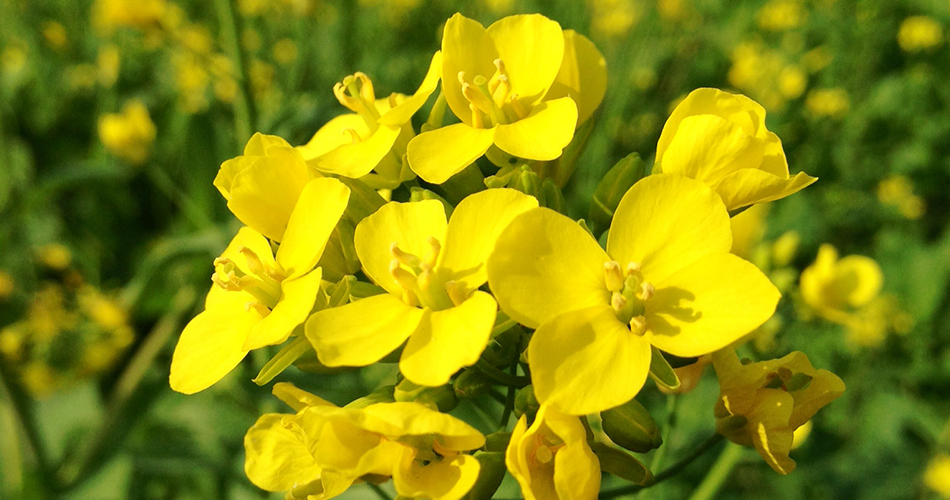Mustard (mus’turd) is any of several herbaceous plants of the genus Brassica of the mustard family (Cruciferae). This family includes many familiar garden plants, such as cabbage, Brussels sprouts, broccoli, radishes, and turnips. The many species of mustard plants range in height from a few inches to several feet. The flowers are usually white or yellow. The seeds are contained in elongated pods.
Various species of mustard are cultivated. The leaves may be used as greens, and the seeds are crushed for their oil or for making the familiar condiment table mustard. In the United States, table mustard is made mainly from the seeds of white mustard (Brassica hirta) and black mustard (B. nigra). Both species originated in the Mediterranean region or in the Middle East, where they have been cultivated for more than 2,000 years. Indian, or leaf, mustard (B. juncea) is probably native to Africa. It is grown for its tasty greens.
Mustard oil is used in the manufacture of soap, rubber substitutes, and leather and woolen goods. The seeds of black mustard, when treated a particular way, produce the irritating mustard gas used during World War I. The ancients believed mustard had special healing powers, and they used it for a number of afflictions. Today it is used still in mustard plasters.


Be First to Comment